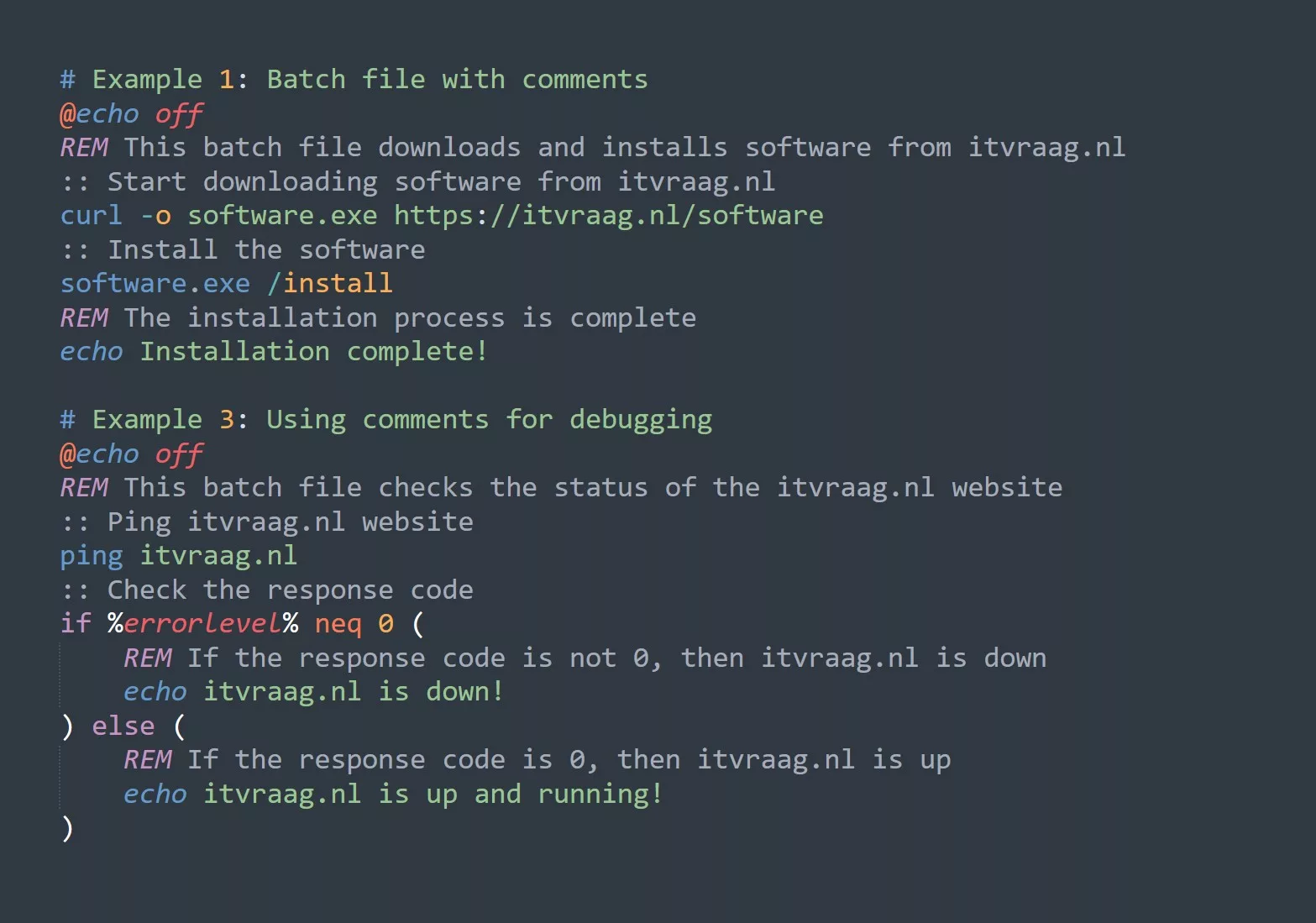Why Data Validation is Important
Data validation checks data for correctness, completeness, and security. Accurate and complete data is essential for making informed business decisions, while secure data protects against unauthorized access, modification, or deletion. Improper data validation can result in incomplete, inaccurate, or compromised data, leading to incorrect decisions, missing critical information, or even security breaches causing financial losses and legal consequences.
Bash Scripting for Data Validation
Bash scripting is a powerful tool for automating tasks, including data validation. Bash scripts are easy to write and execute, making them ideal for tasks that need to be performed regularly.
Bash scripts can be used to validate data in many different formats, including files, directories, and command-line arguments. They can also be used to validate email addresses, dates, and other types of data.
Steps for Data Validation using Bash Script
Validating data using Bash script involves the following steps:
- Defining the data validation criteria
- Writing the Bash script
- Running the Bash script
- Interpreting the output
Defining data validation criteria involves determining what data to validate and how. For example, for an email address, the criteria would include format, characters, and domain. Then, a Bash script can be written using conditional statements, regular expressions, and other techniques to perform the validation. Running the script outputs the validation results, indicating whether the data meets the criteria or not. Results must be interpreted and appropriate actions taken. Data can be corrected or secured in case of failed validation.
Basic Data Validation Techniques
Here are some common data validation techniques that can be performed using Bash scripting:
| Validation Technique | Bash Command |
|---|---|
| Check if a file exists | if [ -f /path/to/file.txt ]; then |
| Check if a file is readable | if [ -r /path/to/file.txt ]; then |
| Check if a file is executable | if [ -x /path/to/file.txt ]; then |
| Check if a directory exists | if [ -d /path/to/directory ]; then |
| Validate an email address | if [[ “$email” =~ ^[A-Za-z0-9._%+-]+@[A-Za-z0-9.-]+\.[A-Za-z]{2,}$ ]]; then |
| Validate a date | if date -d “$date” >/dev/null 2>&1; then |
Examples
# Example 1: Validate if a file exists
if [ -f /path/to/file.txt ]; then
echo "File exists"
else
echo "File does not exist"
fi
# Example 2: Check if a file is executable
if [ -x /path/to/script.sh ]; then
echo "File is executable"
else
echo "File is not executable"
fi
# Example 3: Validate if a directory exists
if [ -d /path/to/directory ]; then
echo "Directory exists"
else
echo "Directory does not exist"
fi
# Example 4: Validate an email address
email="example@itvraag.nl"
if [[ "$email" =~ ^[A-Za-z0-9._%+-]+@[A-Za-z0-9.-]+\\.[A-Za-z]{2,}$ ]]; then
echo "Email address is valid"
else
echo "Email address is not valid"
fi
# Example 5: Check file permissions
if [ -r /path/to/file.txt ]; then
echo "File is readable"
else
echo "File is not readable"
fi
Best Practices for Data Validation using Bash Script
Here are some best practices to follow when validating data using Bash script:
- Use functions for repetitive tasks
- Write modular code
- Include error handling to ensure that the script does not fail if the data does not meet the validation criteria
- Use descriptive variable names to make the code more readable
- Test the script thoroughly before deploying it to ensure that it works as expected



